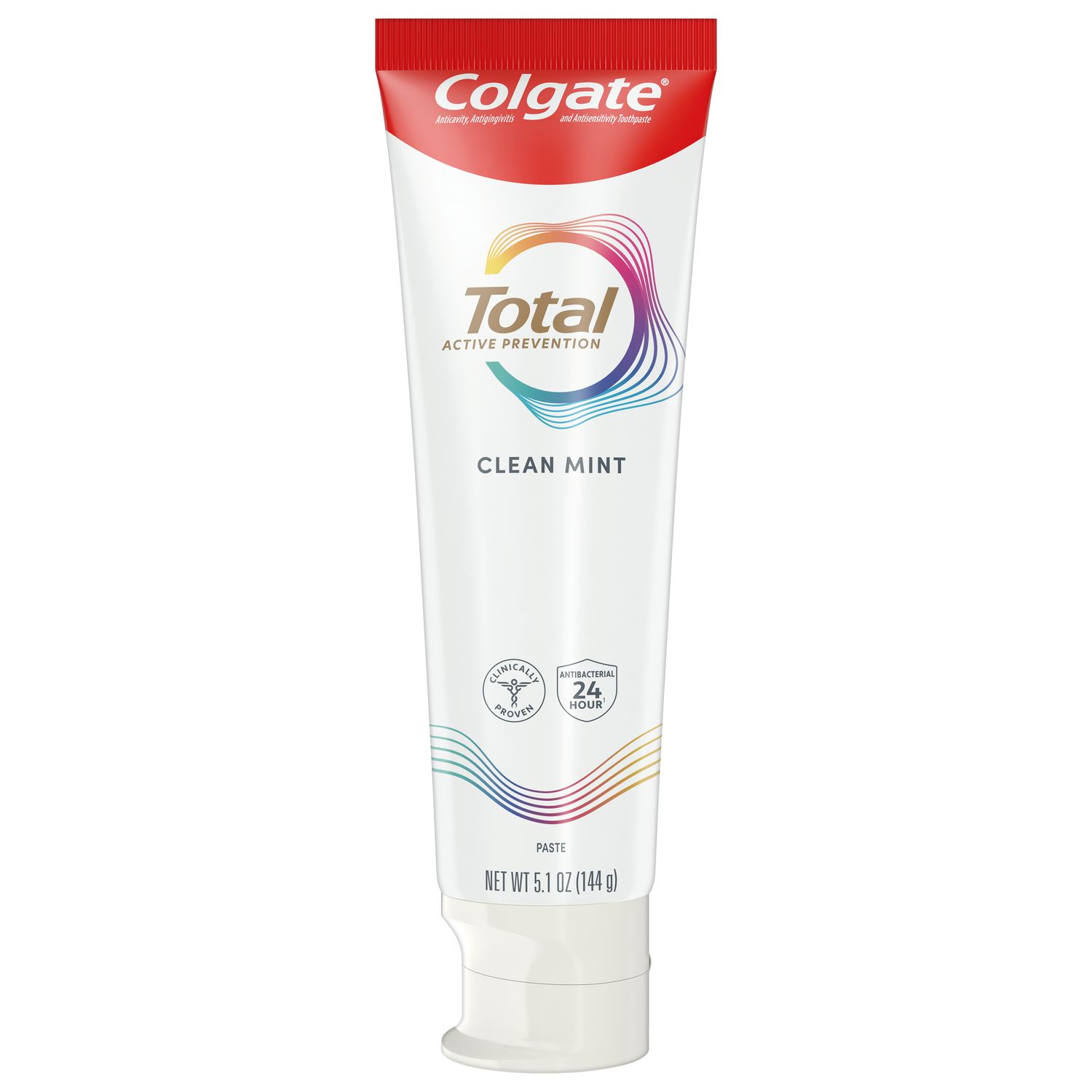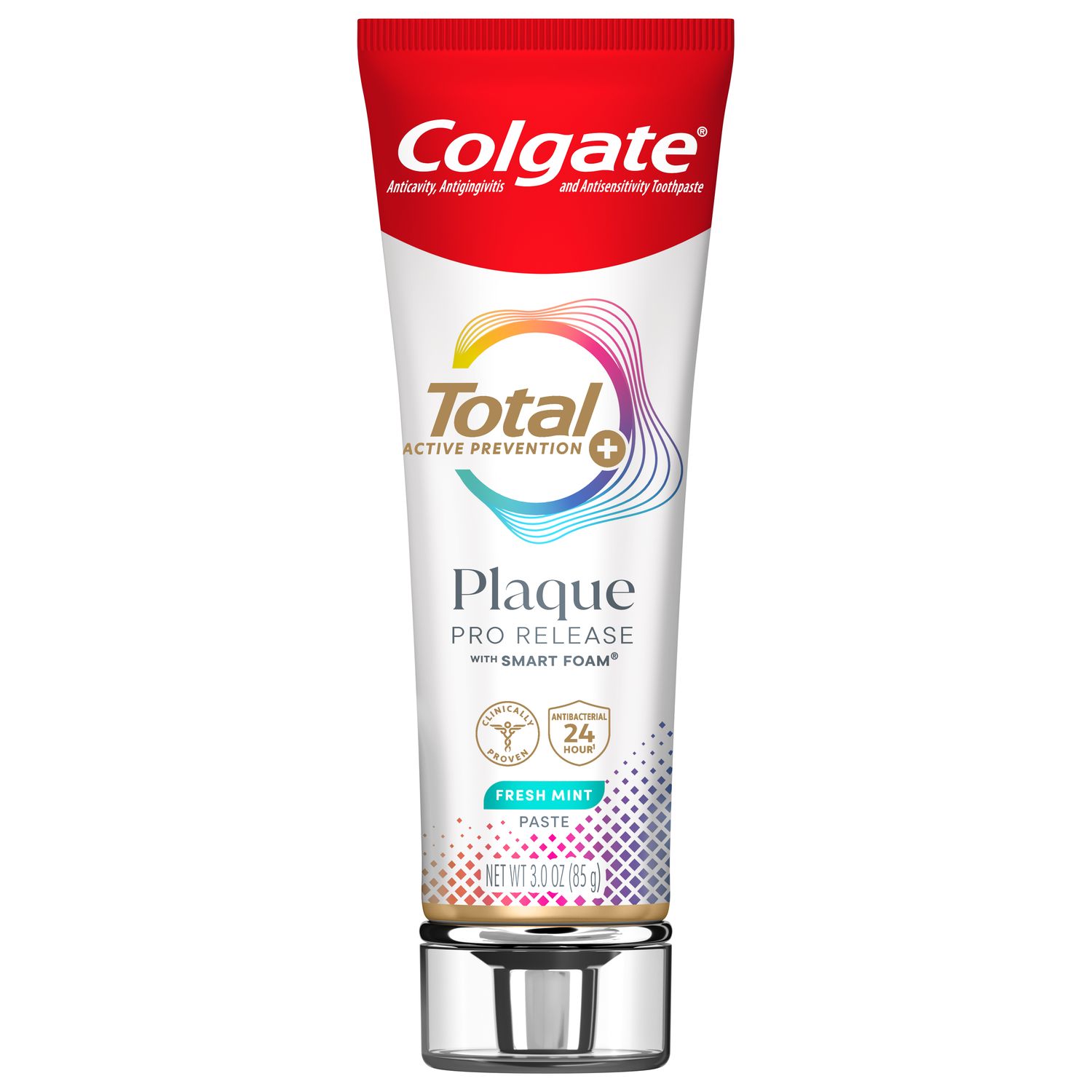
Molar Hypomineralization, a developmental defect, contributes to breakdown of teeth. Here we discuss what it is, why it is different to dental caries, and what we can do to help manage it.
What is Molar Hypomineralization?
Molar Hypomineralization, also referred to as 'chalky molars' is one of 4 types of Developmental Dental Defect (DDD or D3) affecting tooth enamel, and the most common. All are the result of problems that occur while the teeth are forming. Molar Hypomineralization mostly commonly affects one or more first permanent (adult) molars, while primary (baby) molars may be affected also. In some cases, incisors are additionally affected. This defect occurs in the hardening phase of enamel development, i.e., after the enamel has been secreted. Teeth affected by this condition present with a chalky, hypomineralized (soft) area of enamel which can be more or less extensive. Chalky enamel may appear white, cream, yellow or brown in shade. The affected area can also be bumpy in appearance and is usually clearly demarcated from adjacent normal enamel.
Impact on oral health
This developmental defect results in the enamel containing less mineral and being softer than normal enamel. Hypomineralized molars are susceptible to breakdown, which may begin as soon as the tooth begins to emerge through the gums, or occurs post-eruptively. Affected teeth with severe hypomineralization may be at up to a ten-fold risk for dental caries. Additionally, breakdown can occur before dental caries begins, due simply to mastication on the weak enamel. Patients may also experience pain, including on brushing which then impacts oral hygiene, as well as from dentin hypersensitivity in affected teeth. Dental erosion is a further risk.
Dental management
The first challenge is recognition and accurate diagnosis of Molar Hypomineralization. It is important to fully recognize the differences between Molar Hypomineralization and dental caries. Regular dental examinations in children can lead to early diagnosis as and after teeth erupt, after which the condition can be managed. This condition should be discussed with parents and carers of children affected, being careful to make sure parents and carers do not perceive that you are blaming them.
Prevention messages and treatments with fluoride applications and improved oral hygiene can help slow the breakdown of the chalky molar. Ultimately, if a tooth has already broken down considerably, then extensive restorative care or removal of the tooth might be required. Dental professionals should be able to implement strategies to increase the life span of chalky teeth.
If affected teeth are sensitive, a soft toothbrush can be recommended as well as products that incorporate Pro-Argin technology. This technology provides rapid relief from dentin hypersensitivity, with a one-minute application. Options include Colgate Sensitive Pro-Relief Toothpaste which is available in some countries (not in the US), as well as Colgate Professional Sensitivity Relief Serum which is available in the US and some other countries.
Carers and children can also be directed towards resources such as Sam's Story to educate them on Molar Hypomineralization, why it happens, what chalky molars look like and how they can be managed.
Join us
Get resources, products and helpful information to give your patients a healthier future.
Join us
Get resources, products and helpful information to give your patients a healthier future.













